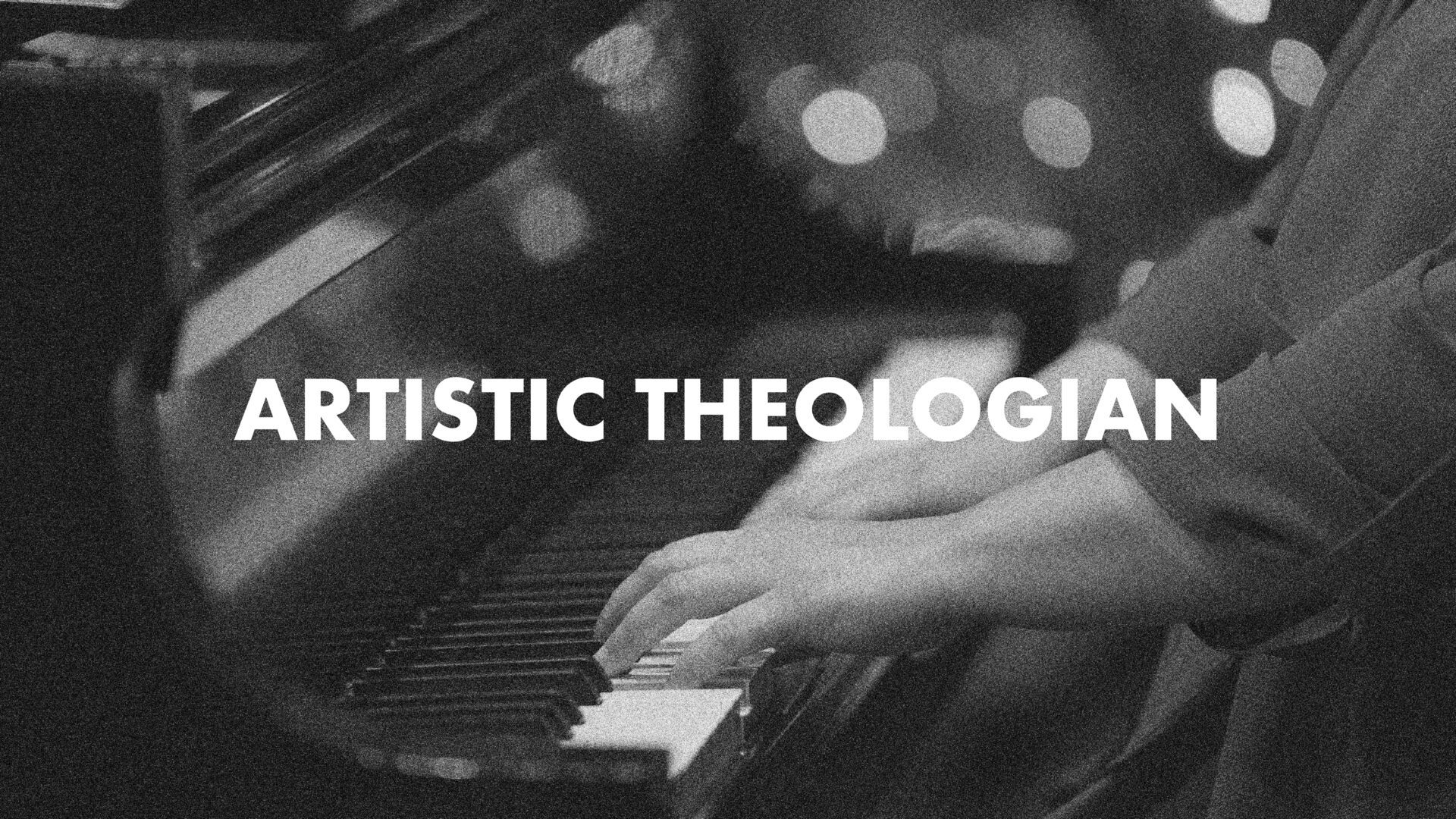
Biblical Theology: Past, Present, and Future (I)
Southwestern Journal of Theology
Volume 55, No. 2 – Spring 2013
Managing Editor: Terry L. Wilder
By Oliver D. Crisp. Downers Grove, Illinois: IVP, 2011. 224 pages. Paperback, $22.00.
Oliver Crisp offers us an intellectually stimulating piece of theological engagement that is at once constructive and historical. Crisp’s method of theological retrieval is historically aware, presently engaged and philosophically articulate. Throughout Retrieving Doctrine, Crisp draws from Reformed Divines by transporting their thought into the contemporary dialogue. I mention three examples of Crisp’s method of retrieval.
In brief, Crisp covers the views of Calvin and Barth on “Creation and Providence,” in chapters 1-2; Edwards, Turretin, Campbell and Barth on “Sin and Salvation,” in chapters 3-6; and, finally, Calvin, Williamson-Nevin and Edwards on “The Christian Life” in chapters 7-9.
First, in chapter 1 Crisp argues that Calvin contributes to the recent attacks from “Open Theists” on traditional conceptions of God. Calvin held these related notions: God timelessly created with time; the creation radically depends upon God; God has “meticulous control” over the creation, and God’s glory is displayed in salvation history. Crisp shows Calvin’s distinctive model that upholds both God’s meticulous providence with man’s responsibility and freedom. The mechanism God uses is compatibilist freedom meaning that man is free to “act voluntarily” (20). Calvin’s system of Divine providence is contributory in that he sensibly integrates God’s aseity with meticulous providence that is dynamic because man is created in God’s image to participate in God’s glory through salvation history.
A second example of Crisp’s theological method in chapter 4 considers Turretin’s contribution to the contemporary philosophical-theological literature on the necessary or contingent nature of the incarnation. Crisp establishes Turretin’s original argument for hypothetical necessity, responds to three contemporary charges and reformulates a slightly modified yet more satisfactory Turretin argument. Helpfully, Crisp mines the resources from Turretin and, also, draws from contemporary analytic philosophy, specifically modal philosophy, to achieve a more satisfactory argument in favor of the necessity of the incarnation.
A third example of Crisp’s theological method is seen in chapter 7 from “The Christian Life.” Here, Crisp considers Calvin’s view on prayer and develops a metaphysically robust account that can handle the objection that a “Calvinian” God makes prayer pointless and redundant. Throughout, Crisp develops a view of prayer that is coherent, robust, satisfying and in keeping with the Reformed tradition. He concludes that there is no “two-way contingency (153),” which means that we are contingent upon God but he is not contingent on us. This view of prayer does have a two-fold value: it is individually therapeutic and prayer aligns our wills with God’s will.
With all of its virtues Retrieving Doctrine has one potential problem that may stand out to many present-day protestant evangelicals. When offering a rational accounting of sin and salvation Crisp offers “realism” as a way of solving certain dilemmas (see especially chapters 3, 5, 8 and 9). This is the doctrine that we are somehow literally in Adam at the fall or literally in Christ at salvation; an attending benefit is that I am actually guilty or actually righteous. While it has some benefits many will find this to conflict with some deep-seated intuitions, such as my being distinct from Adam and Christ—where Adam is the federal head of fallen humans and Christ is the Head over the redeemed. This potentially minor shortcoming is an opportunity for evangelical theologians to think more carefully about federal headship.
Retrieving Doctrine has as its primary aim to encourage those in a broadly Reformed tradition to take seriously their historical roots and the extent of its theological legacy. Additionally, Crisp achieves other ends in the process. First, he demonstrates how to do analytic theology whereby theologians use analytic philosophy for clarity and detail. Second, he demonstrates how to do constructive theology. As evangelicals we must respond by taking seriously our history and interacting in the contemporary dialogue with lucidity and credibility.





